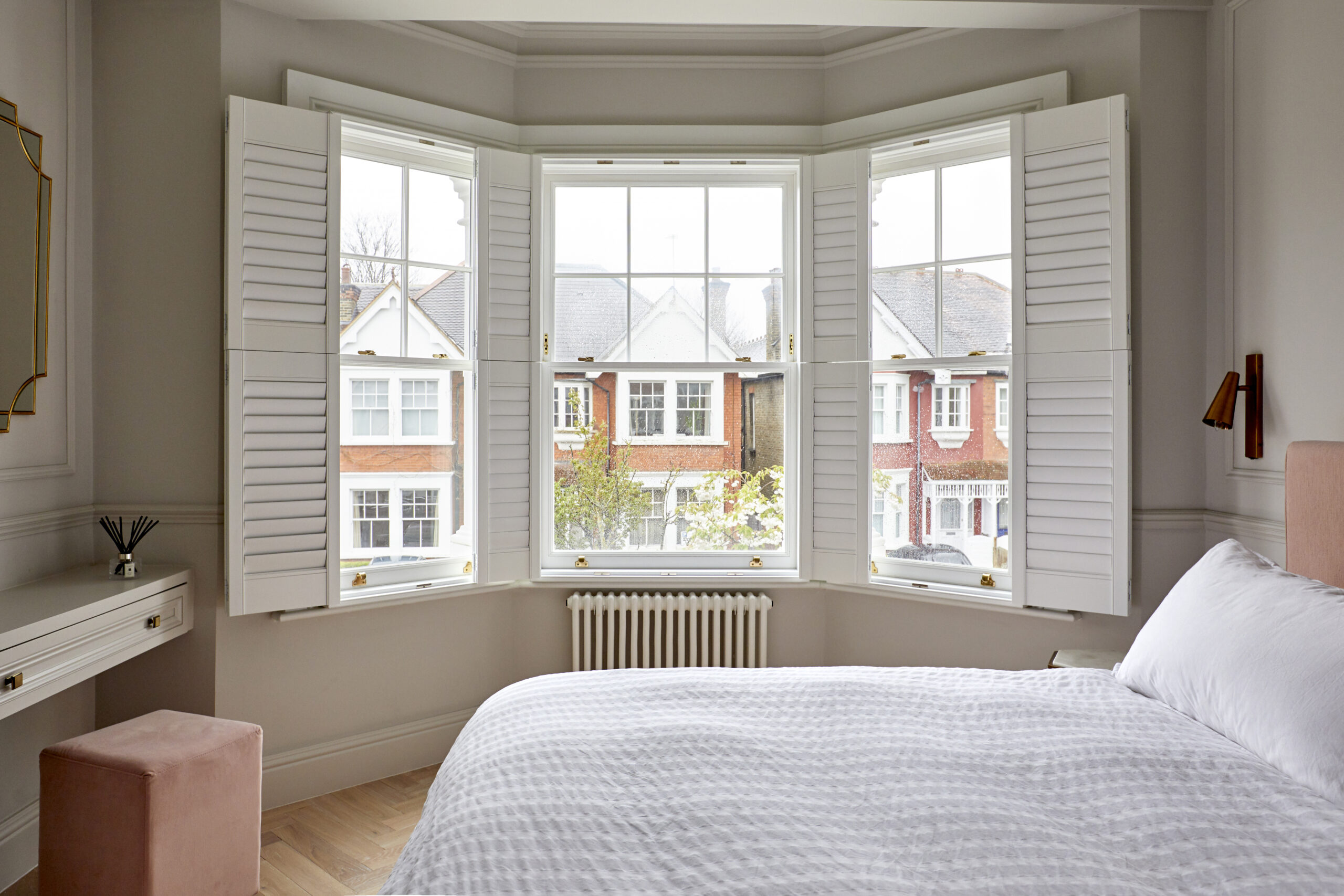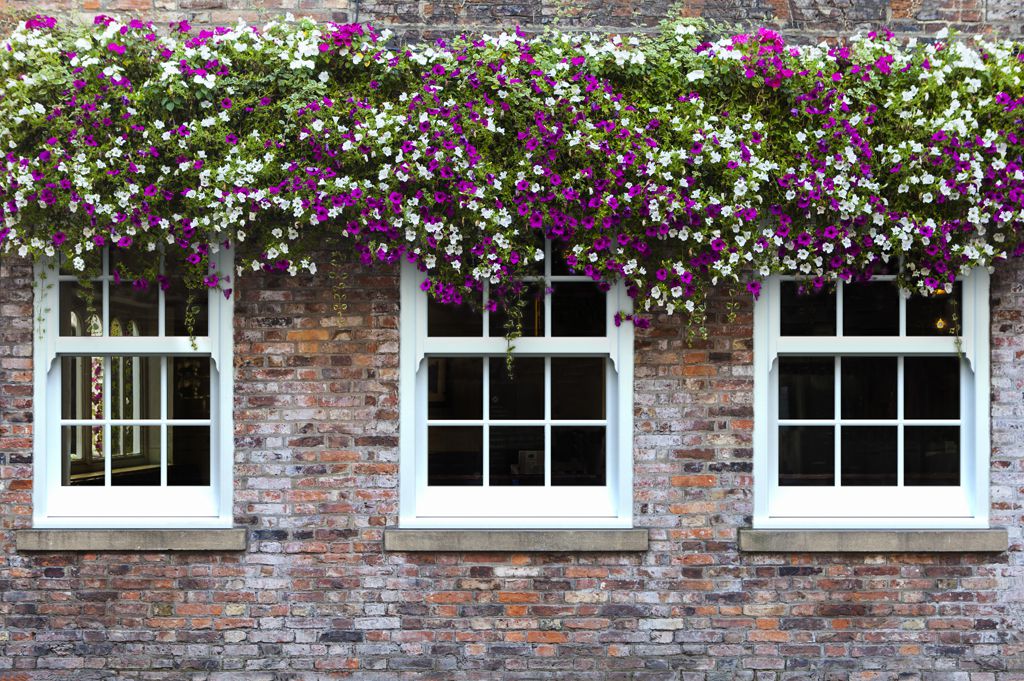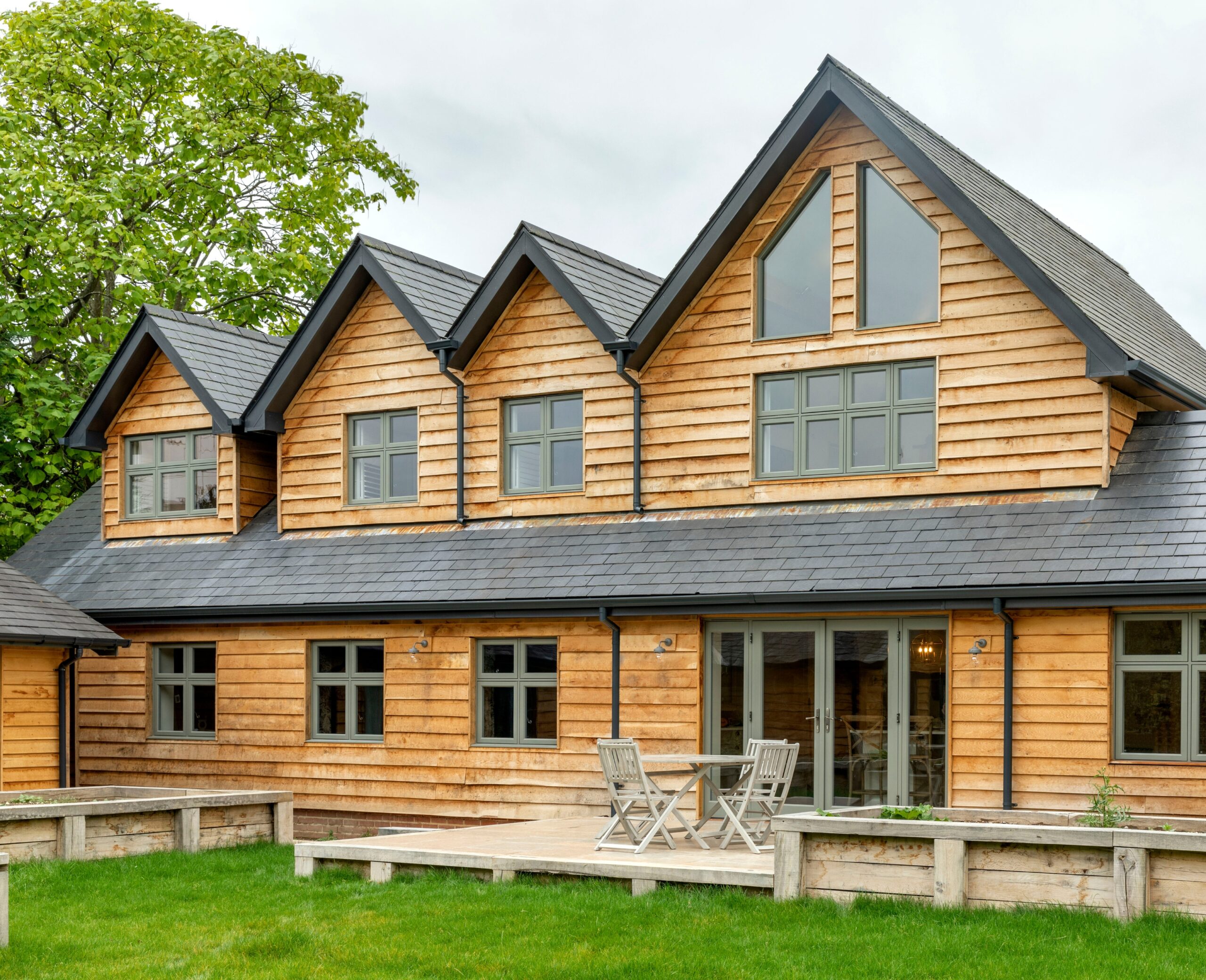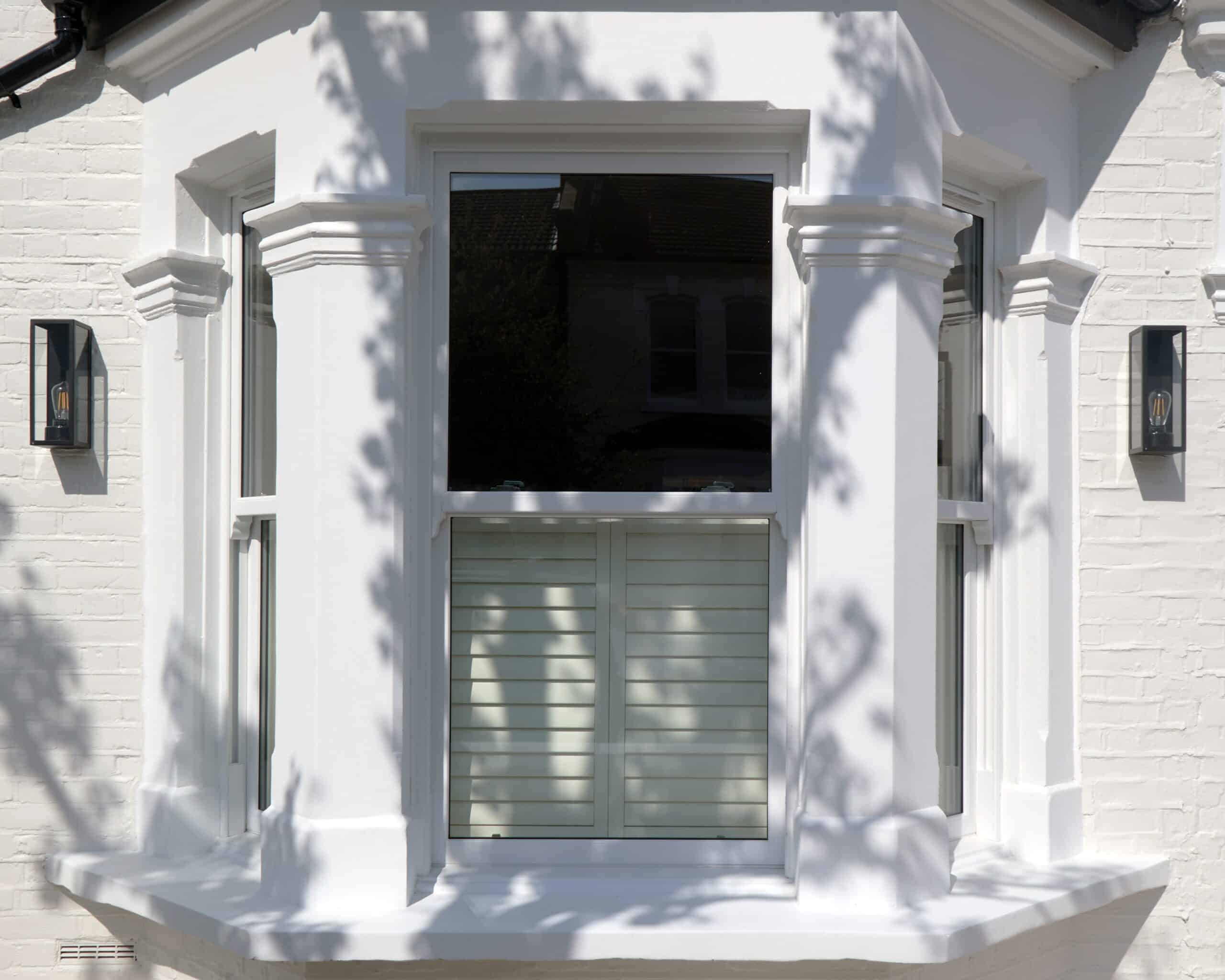Victorian sash windows are a defining feature of many period homes across London. For homeowners, retaining these original windows is often essential – whether for planning reasons or to preserve the building’s character. But single glazing brings challenges, especially with heat loss and outside noise.
Secondary glazing offers a practical solution. Fitted internally, it improves insulation and without altering the appearance or function of the original sash.
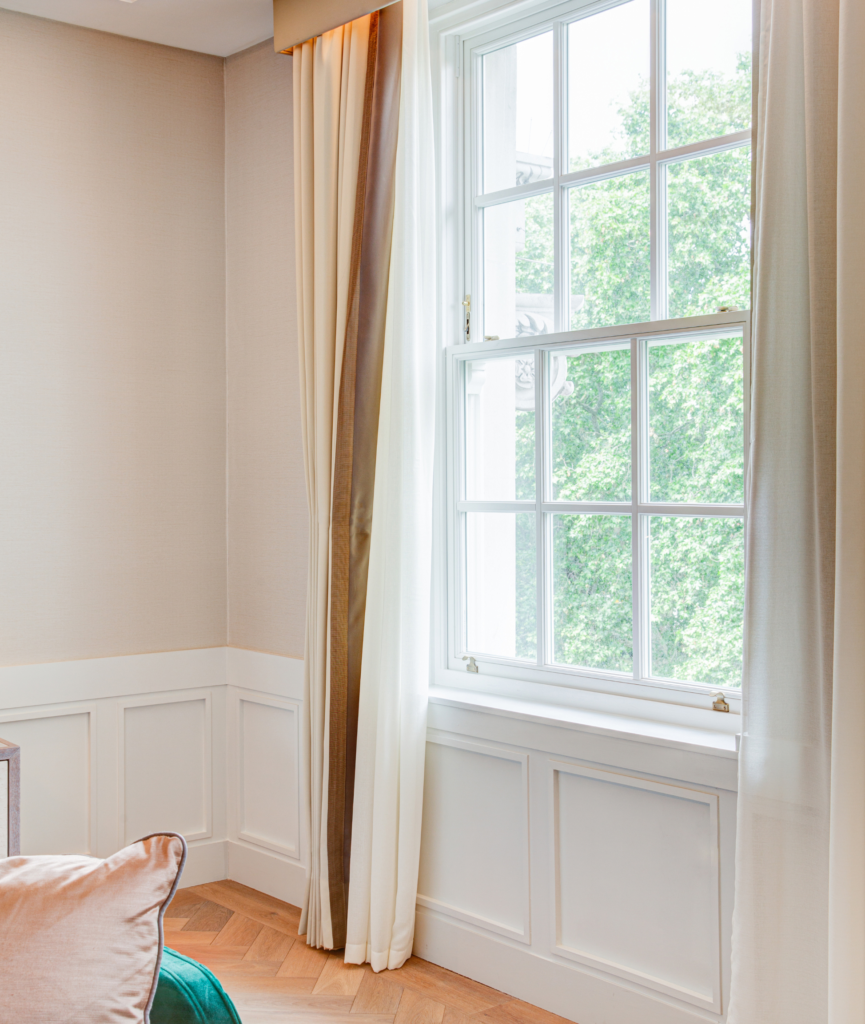
What Defines a Victorian Sash Window?
Victorian sash windows typically feature a two-over-two pane layout, with one vertical sliding sash above the other. Compared to earlier Georgian designs, the glazing bars are thinner, allowing for larger glass panes and a more refined appearance.
These windows were commonly installed in red-brick terraces and villas built between 1837 and 1901. The construction uses a traditional weight and pulley system, enabling smooth vertical movement of the sashes while maintaining a balanced, symmetrical frame design.
Common Problems with Victorian Sash Windows Today
Many Victorian sash windows still use single glazing, which can lead to noticeable draughts and heat loss – especially during colder months. In busy areas, noise from traffic or footfall often passes straight through the glass and gaps in the frame. Rattling sashes, stuck cords, or layers of old paint can also affect how well the windows operate.
Faced with these issues, homeowners often think full sash window replacement is the only route. But in most cases, original windows can be retained and improved with sensitive upgrades like secondary glazing and careful repair.
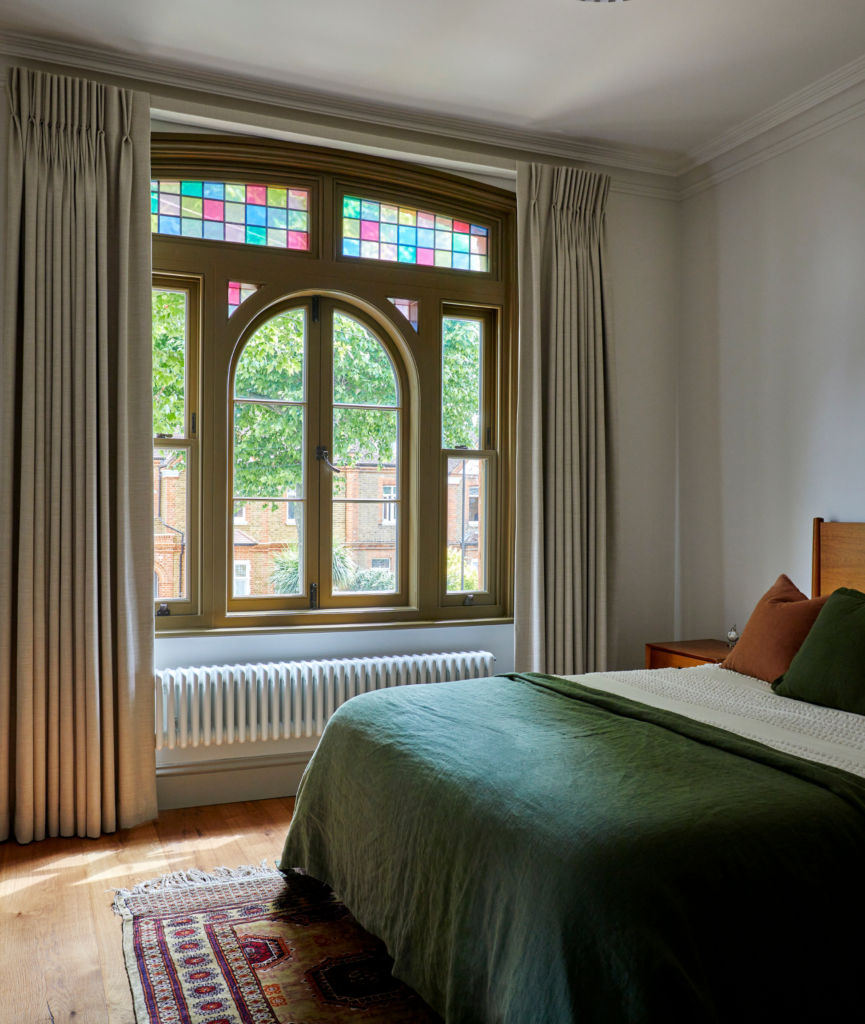
Why Original Sash Windows Should Be Preserved (if Possible)
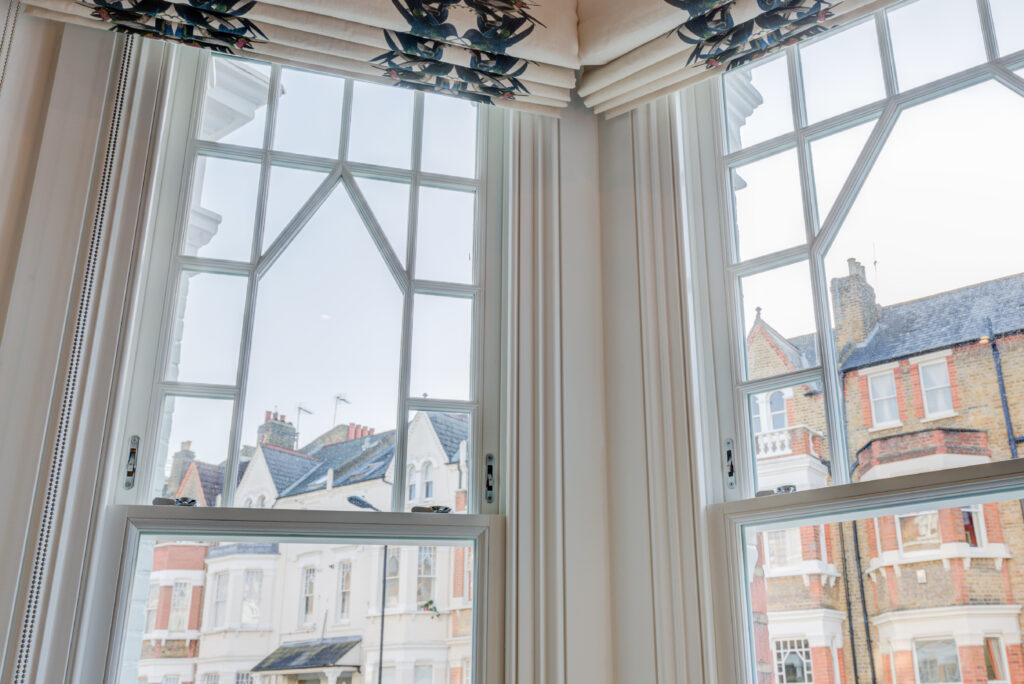
Preserving original Victorian sash windows maintains the architectural integrity of a property – especially in conservation areas or listed buildings where authenticity is a planning requirement.
In many cases, the timber used in original sashes remains structurally sound, having already lasted over a century. Replacing them can undermine the historic character and may trigger planning complications.
Are Your Sash Windows Beyond Repair?
With planning support available and a made-to-order service, we can provide uPVC and timber sash window replacements that comply with conservation requirements and maintain the architectural integrity of your property.
How to Upgrade Victorian Sash Windows Without Replacing Them
Secondary glazing involves fitting a slim, discreet aluminium frame to the inside of your existing sash window. This creates a sealed internal layer that acts as a thermal and acoustic barrier – without altering the exterior of the building.
From outside, the secondary unit is virtually invisible, making it ideal for listed properties and homes in conservation areas where original windows must be preserved. The opening sections are designed to mirror the function of the primary sash, so you can still operate your windows as normal.
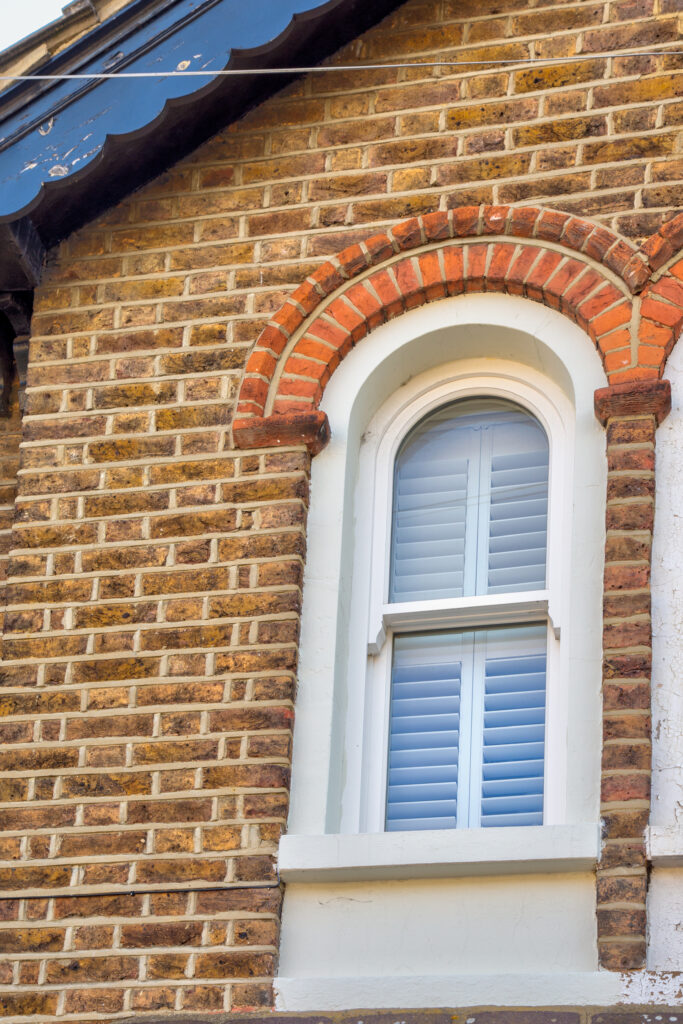
Improving Original Sash Windows in Heritage Homes
If you want to improve comfort without compromising the character of your Victorian windows, book a free home survey or visit our London showroom.
Our team can advise on discreet secondary glazing options, acoustic upgrades, and planning-friendly solutions for listed and conservation properties. Every installation is made to order, with support available throughout the process – from initial consultation to aftercare.
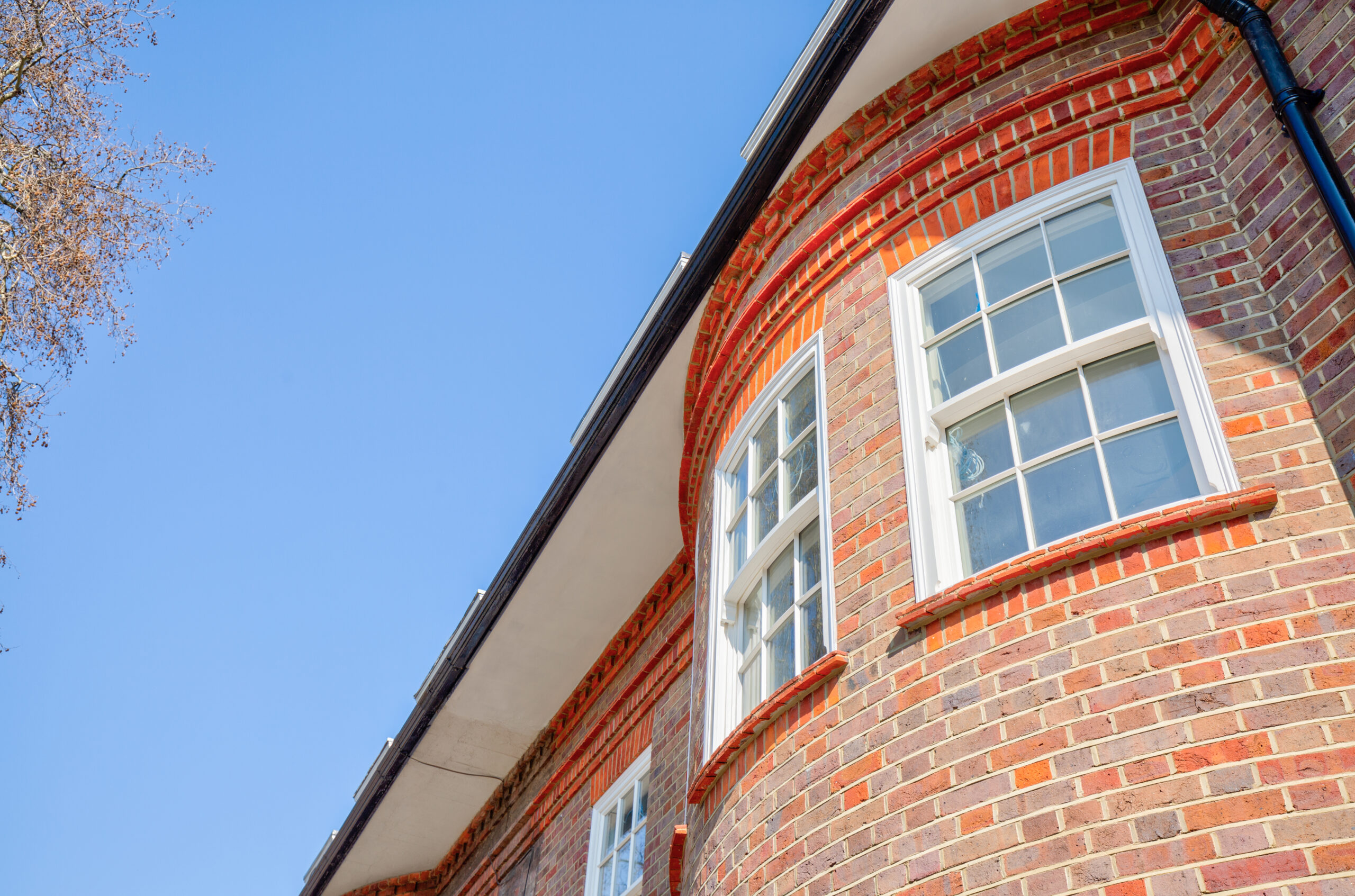
FAQs
Can I install secondary glazing in a listed property?
Yes. Secondary glazing is often approved for listed buildings because it doesn’t alter the external appearance and can be removed without damage. It’s a planning-friendly way to improve performance while preserving heritage detail.
Will it ruin the look of my windows?
No. The aluminium frames are slim, unobtrusive, and designed to follow the existing sightlines. From the outside, they’re barely noticeable.
How to care for Victorian sash windows?
With consistent care, original Victorian sashes can last for generations. Here are some maintenance tips from our sash windows experts:
- Tracks and hardware should be cleaned regularly to prevent dirt build-up, which can affect movement and cause wear.
- Repainting exposed timber is essential to protect against moisture and prevent rot – particularly on external sills and joints.
- Pulleys, cords and moving parts should be lubricated occasionally to keep the sashes running smoothly.
- Adding secondary glazing can reduce internal condensation and limit the impact of temperature changes on the timber, helping to preserve the frame and paintwork over time.
Is secondary glazing energy efficient?
Yes. It creates a sealed air gap that helps retain more heat and improve draughts. For those with noise concerns, we offer alternative options like 8.8mm acoustic glass, which can reduce outside noise by up to 39 decibels. This makes a marked difference in homes near roads, railways, or flight paths.

